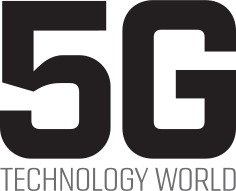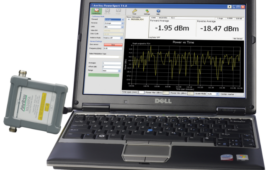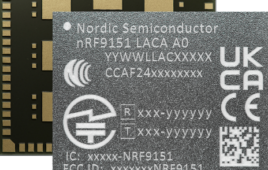Here’s five ways that next-generation solar technologies can survive and even thrive in the difficult solar manufacturing market.
The past 18 months will be remembered as a time when solar manufacturers delivered ugly earnings reports and even witnessed some of their smaller peers face bankruptcy. That’s because the price of silicon — a main ingredient in traditional solar panels — has plummeted and subsidies from China have flooded the market with an oversupply of cheap panels.
So what do you do if you’re a startup that’s been head-down over the past few years developing next-generation solar technologies? Hope and pray? Well, over the past couple of weeks I’ve chatted with a variety of solar companies, and these are some options for how to survive and even break out in this difficult market:
Find big partners: A startup in Fremont, Calif., called GreenVolts, is making a next-gen solar concentrating photovoltaic system, which concentrates light onto tiny high efficiency solar cells. The company has forged a very important partnership with power giant ABB, and ABB will market and sell GreenVolt’s systems; ABB has also made an investment in the startup. The move is a validation of the next-gen technology, and also will open new doors to major utility and industrial customers.
In the world of next-generation thin film solar technology, HelioVolt found a white knight in Korean giant SK Group, which invested in the company, and Miasole has been putting out a very vocal call for big partners for months.
Outsource manufacturing: GreenVolts also made an early and smart decision to have Chinese manufacturers make all of its solar gear for its systems. That means that GreenVolts can benefit from the efficient manufacturing methods of international giants. GreenVolts also wasn’t in the middle of building out a capital-intensive factory when the solar market crunch hit. In contrast, another solar concentrating photovoltaic startup, Amonix, was forced to close its Las Vegas factory last month, and the company has essentially shut down.
Look to services: While the solar cell and panel market stabilizes, some big manufactures that have been struggling have turned to services, like solar project development and solar financing. SunPower looked to solar leases as a bright spot in its earnings this week, while First Solar is touting itself as a major project developer now.
IT it: Focusing on the efficiencies of adding digital technology to solar systems can offer a capital light way of innovating around solar. QBotix is a startup that’s making a next-generation solar tracker, and it’s relying on sensors and cloud computing to deliver real-time tracking of its systems. NEA partner Ravi Viswanathan said in a recent interview that he thought software and networking in combination with solar and energy technologies have only begun to scratch the surface of what is possible.
Go downstream: While the solar cell and panel crunch is making it hard for one section of manufacturing firms, the tough market is also providing opportunity for another sector: the downstream. Marketing, financing and project solar development are all booming. New business models in these areas could still thrive, as this New York Times article pointed out this week.
August 10, 2012






